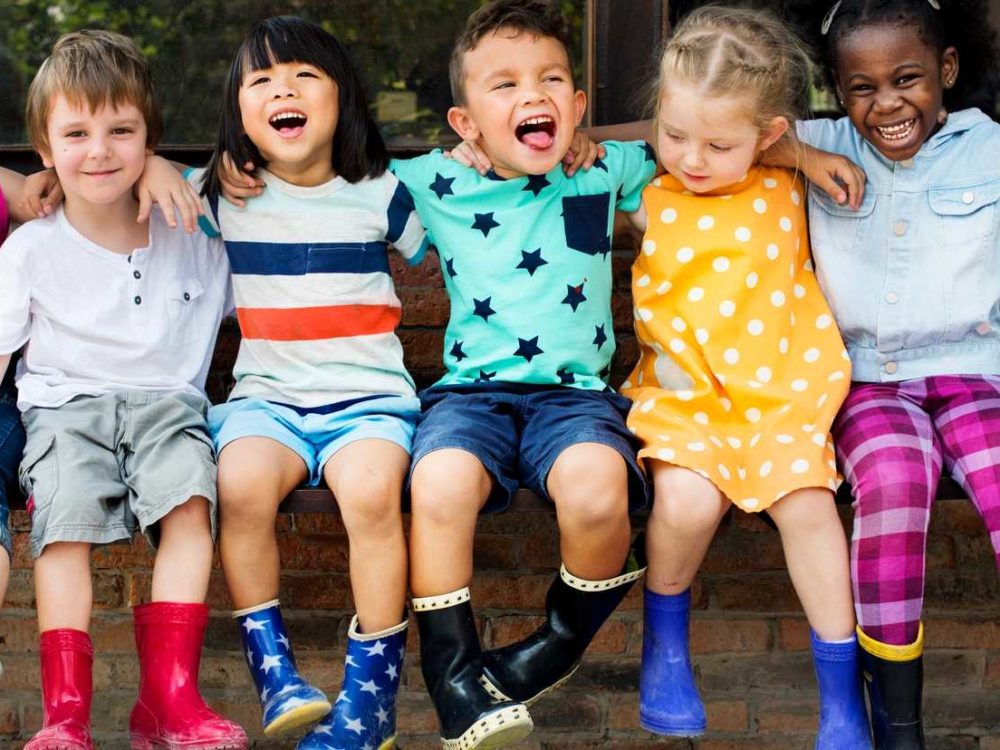At Greenehouse Children’s Center, we’re all about fostering a nurturing and safe environment where your little ones can learn, grow, and thrive. We understand that parenting toddlers comes with its unique set of joys and, sometimes, its puzzling challenges. One behavior that can be particularly unsettling for parents and caregivers alike is biting.
If your toddler has bitten, or if another child has bitten your toddler, please know this: you are not alone, and it happens. Biting is a surprisingly common, albeit frustrating, phase for many young children. It’s a behavior that we, as experienced caregivers, understand and approach with patience, empathy, and consistent strategies.
Why Do Toddlers Bite? It’s More Than Just “Being Naughty”
It’s natural to feel concerned or even embarrassed when biting occurs, but it’s important to remember that for toddlers, biting is rarely an act of malice. Instead, it’s often a form of communication or an expression of intense feelings that they simply don’t have the words for yet. Think of it as their “SOS signal” when they’re overwhelmed.
Here are some common reasons why toddlers might bite:
- Exploration and Teething: For infants and younger toddlers, biting can be a way to explore their world. Everything goes in the mouth! For teething children, the pressure can also be a source of relief for sore gums.
- Frustration and Big Emotions: Toddlers are experiencing a whirlwind of new emotions – anger, excitement, sadness, jealousy – but lack the vocabulary to express them. Biting can be an outlet for these strong feelings when words fail.
- Seeking Attention: Sometimes, even negative attention is still attention. A toddler might bite to get a reaction from a caregiver or another child.
- Overwhelm or Overstimulation: A noisy, busy environment can be too much for some toddlers, leading to sensory overload and biting as a way to cope.
- Lack of Impulse Control: Toddlers are still developing their self-control. They might have an urge to bite and haven’t yet learned how to stop themselves or choose an alternative behavior.
- Cause and Effect: Some toddlers are simply experimenting to see what happens when they bite.
How We Handle Biting at Greenehouse Children’s Center: Our Gentle & Consistent Approach
When biting occurs in our care, our priority is always the safety and well-being of all children involved. We approach these situations calmly and consistently, focusing on teaching and guiding rather than shaming or punishing.
Here’s how we typically respond:
- Immediate & Calm Intervention: We quickly but gently separate the children involved. Our immediate focus is on the child who was bitten, offering comfort and care. We will administer first aid if needed, and communicate with parents of both children.
- Clear, Simple Communication: We will firmly and calmly state, “No biting. Biting hurts,” or “Teeth are for eating food, not for biting people.” We keep it simple and easy for a toddler to understand, avoiding lengthy explanations in the moment.
- Redirect and Offer Alternatives: Once calm, we redirect the child’s attention to an appropriate activity. We also work on teaching alternative ways to express their needs or feelings. This might include:
- Using Words: Encouraging them to say “No,” “Stop,” or “Mine!”
- Teaching Gentle Touch: Modeling and practicing gentle hands.
- Providing Oral Input: Offering safe chewing toys or crunchy snacks if we suspect oral stimulation is a factor.
- Offering Sensory Activities: Providing playdough, water play, or other calming activities if overstimulation is a trigger.
- Observation and Pattern Identification: Our dedicated team closely observes children to identify patterns: When does the biting typically occur? What happens right before it? Who is involved? This helps us understand the “why” behind the behavior and develop targeted prevention strategies.
- Positive Reinforcement: We celebrate and praise children when they use gentle hands, use their words, or choose an appropriate alternative to biting. Positive attention for desired behaviors is incredibly powerful.
- Collaborative Approach with Parents: We believe in a strong partnership with our families. If your child is involved in a biting incident (as the biter or the bitten), we will communicate with you promptly and openly. We want to work together to develop a consistent approach between home and daycare to help your child learn and grow past this phase.
What You Can Do at Home to Help
Consistency is key! Here are some gentle suggestions for parents to support their child in moving past biting behavior:
- Stay Calm: Your calm reaction helps your child regulate their own emotions.
- Be Clear and Consistent: Use short, firm phrases like “No biting. Biting hurts.” every time.
- Comfort the Victim (if applicable): Show your child the impact of their bite by comforting the person who was hurt. This helps build empathy.
- Help Them Find Their Words: When your child is calm, talk about what happened. “You were mad when your friend took your toy. Next time, you can say, ‘My turn!'”
- Identify Triggers: Try to notice what situations, times of day, or feelings seem to precede biting. Can you preemptively offer alternatives or adjust the environment?
- Provide Chew Toys: If your child seems to have a need for oral stimulation, offer safe chew toys, teething rings, or crunchy foods.
- Ensure Adequate Sleep and Food: Overtired or hungry toddlers are more likely to struggle with impulse control.
- Avoid Punishment or Shaming: Never bite a child back, hit them for biting, or shame them. These actions can actually increase anxiety and reinforce the behavior.
- Focus on Positive Behaviors: Lavish praise on your child when they use gentle hands, share, or communicate their needs effectively.
Remember, biting is a phase, and with patience, understanding, and consistent guidance from both home and childcare, your toddler will develop the social-emotional and language skills needed to move past it.
If you ever have concerns or questions about your child’s behavior, please don’t hesitate to speak with our dedicated team at Greenehouse Children’s Center. We are here to support you and your child every step of the way!




